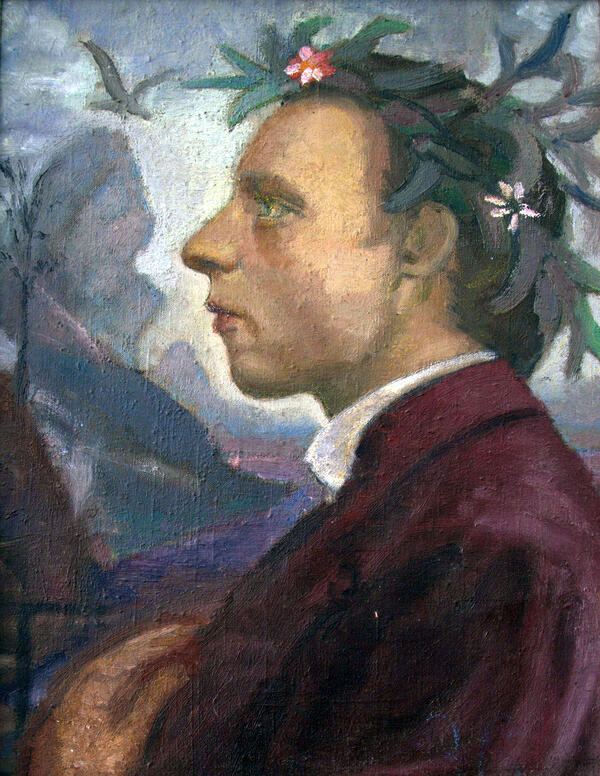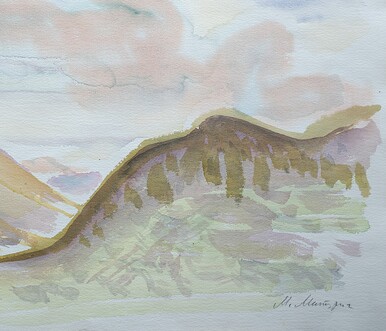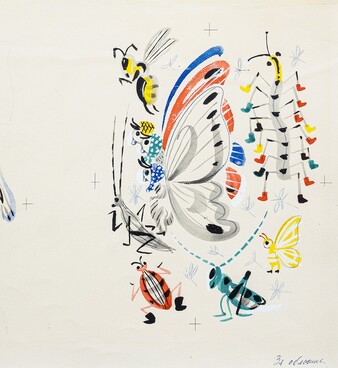A descendant of the princely family, Andrei Mikhaylovich Volkonsky (1933–2008) was born in Geneva. At the age of five he performed his piano improvisations to Sergei Rachmaninoff, and at 11 he became a student at the Geneva Conservatory.
In 1947, the Volkonsky family returned to the USSR. Andrei continued his education in Moscow, studying under Evgeny Iosifovich Messner (composition) and Vladimir Sergeyevich Belov (piano). He also attended the conservatory course of Yuri Alexandrovich Shaporin. However, he was expelled for unsatisfactory knowledge of Marxism-Leninism (he, like Khlebnikov, “trampled on Marx’s basma [tax certificate]”).
For 25 years, the musician and composer lived in the USSR, was “the center of attraction for <creative people> who did not want to sail along” the official course, performed modern music and revived interest in the old: he played the organ and harpsichord. “Composing is not enough for him. The search for Truth continues in performance, ” Ivan Sokolov wrote about him.
The translator Louis Martinez recalled that the prince “raved about Khlebnikov” and considered him a role model. Khlebnikov was searching for the Truth in the written word, and Volkonsky — in music.
Volkonsky is not known as an artist. He painted the “Portrait of Velimir Khlebnikov in a Laurel Wreath” in the late 1950s, using a 1912 photograph as a reference, and presented it to the poet’s nephew May Miturich-Khlebnikov.
In the portrait, modern features are combined with the symbolism of antiquity and Romanticism. The laurel crown is a sign of glory, peace and victory, the decoration of victors; in addition, the laurel was dedicated to the god of the arts Apollo. The profile picture evokes an association with the winners, whose portraits were minted on coins. The rocks, the sea, and the flying eagle in the background are romantic symbols of freedom and strength of spirit.
According to popular belief, the laurel protects
from lightning, although the poet Joseph Brodsky refuted this opinion, noting
that the “favorites of Apollo” are special,



